
If your Samsung refrigerator isn’t making ice, there could be a few different causes. But don’t worry – it is a pretty simple fix in most cases. In this post, we’ll walk you through some of the most common reasons for ice production issues and what you can do to resolve them. So keep reading for everything you need to know to get your ice maker back up and running!
Check for Fused Ice
One of the first steps you should take when troubleshooting your ice maker is to check if it is still producing some ice or if the ice has fused into a solid mass that cannot be dispensed. When left to sit for too long, the ice in the bucket will naturally fuse. It’s important to regularly empty the ice bucket to prevent the ice from fusing together.
Make Sure the Child Lock Is Not On
The child lock may have accidentally been turned on and locked in your control panel. As a result, the dispensers will be automatically locked for safety. Refer to the owner’s manual for instructions on disabling the child lock.
Check the Dispenser Itself
Remove the ice bucket to examine the dispenser opening. Occasionally, small shards of ice can accumulate and block the opening. To resolve this, fill the ice bucket with warm water to melt the ice. Then, dry the bucket and reinstall it. Ensure the bucket sits properly and clicks into place.
Check the Wire Harness
Ensure that the wire harness between the door and the ice maker is secure and attached.
Check the Ice Maker Is On
Before attempting any repairs, check that the ice maker on your Samsung refrigerator is switched on. Some models have a specific button to activate the ice maker on the control panel, while others require manual insertion of an activation wire into a designated area near the ice maker. Consult the refrigerator’s user manual for specific instructions and safety guidelines before proceeding with further troubleshooting.
Make Sure the Water Line Is Connected to the Ice Maker and There Is No Air in the Line
A lack of water supply is a common issue that can cause a Samsung refrigerator to not make ice. A simple yet often overlooked step is to verify that the water line feeding into the refrigerator is properly connected and has no air bubbles. If it is not connected correctly, contact a repair technician.
To check the connection, inspect the area behind your refrigerator. The water line should be connected to both the wall and the refrigerator. The line should not be twisted, kinked, damaged or leaking. If it is any of the above, it will need to be replaced.
If the line is clear, check that the water valve is fully open. Next, test the water pressure. To do this, use the water dispenser on the refrigerator. The ideal water pressure is to dispense 3/4 of a cup in under 10 seconds. If this pressure test is not passed, proceed to the next step.
Test the Water Filter
Remove the water filter and repeat the dispenser test. If the dispenser works without the filter, you need to replace the filter. It is recommended to replace the water filter every six months. Contact a plumber if removing the water filter does not fix the pressure issues.
Power Cycle the Refrigerator
To power cycle, your refrigerator, unplug it from the outlet or flip the associated fuse. Wait for 2 minutes, then plug it back in or switch the power back on. If an error code appears on the refrigerator display, refer to your user manual for an explanation.
Reset the Ice Maker
To reset the ice maker:
- First, remove the ice bucket to access the ice maker.
- Locate the TEST button; it is a small rectangular button on the front of your ice maker.
- Press and hold the button for 10 seconds until you hear a chime (this indicates the test has started).
- Quickly replace the ice bucket. The ice maker should dump any ice it has.
The test will take about 6 minutes. During the test, the ice maker should dump its ice, and the water valve should engage in refilling the ice maker. Another chime will sound at the end of the test.
Wait
Allow up to 8 hours for the ice to get back to normal. Though in some cases, this may take up to 24 hours. Dispense ice regularly during this period. If one side of the bucket fills before the other, a sensor will be triggered, and the ice maker will stop making new ice since it thinks the bucket is full.
If the Ice Maker Still Isn’t Working, Contact a Samsung Service Center for Assistance
If your Samsung refrigerator is still not producing ice, you may need to contact a Samsung service center for further assistance. The technicians at the service center will be able to diagnose and fix any complex problems that may exist. It’s important to note that do-it-yourself fixes may not always work for this issue and may even cause more problems in the future. Remember, you can always count on the friendly experts at the Samsung service center to help you get your ice maker working again!
Thanks for reading! We hope this blog post helped diagnose the issue with your Samsung refrigerator’s ice maker. Remember to check if the ice maker is turned on, if there is water going to the ice maker, and if the water filter needs replacing. If you have followed these steps and the issue persists, don’t hesitate to get in touch with a Samsung service center for assistance.

How to Reset a Whirlpool Refrigerator Ice Maker
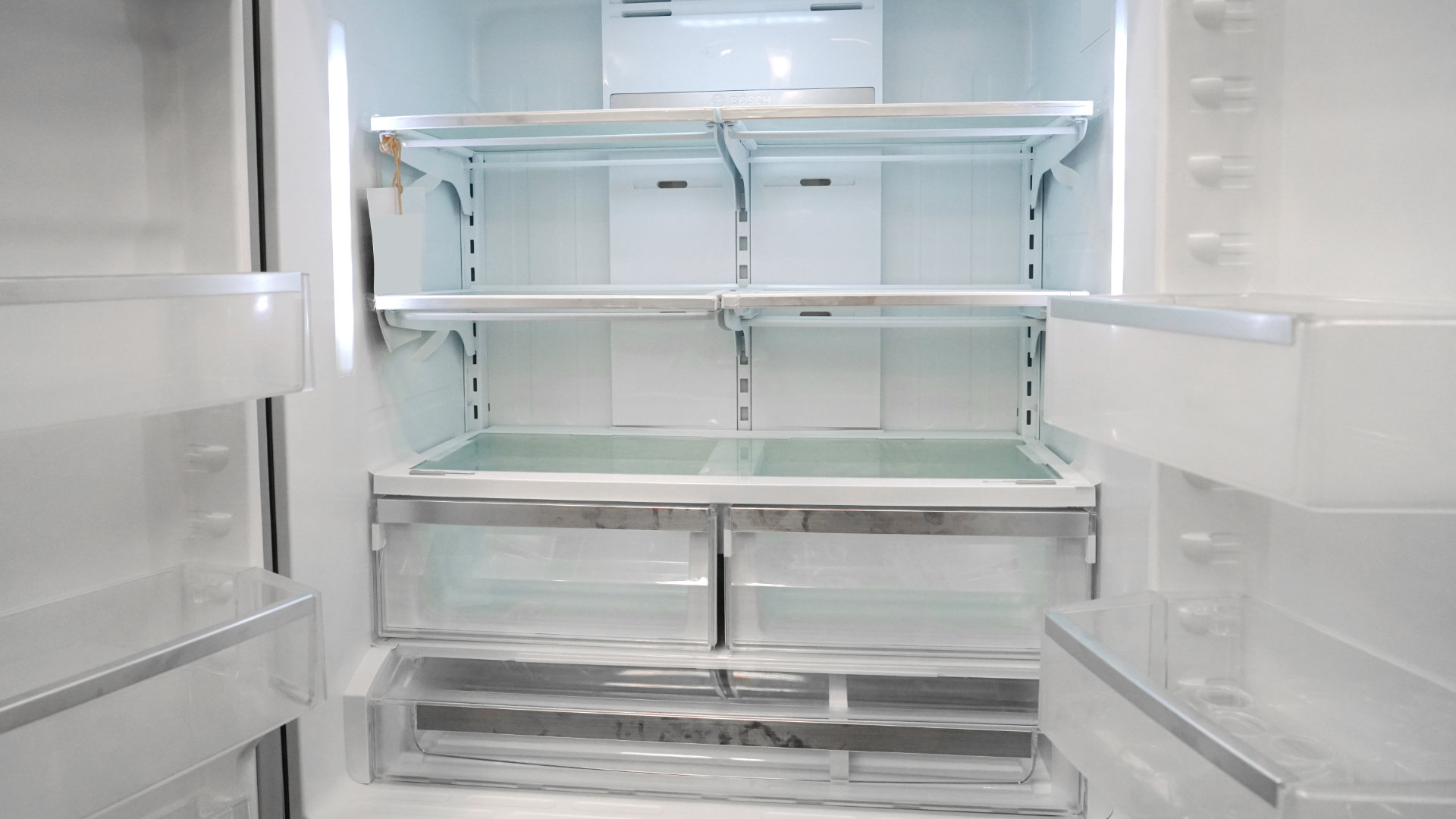
6 Reasons Your LG Refrigerator Is Not Making Ice

Kenmore Fridge Ice Maker Not Working? 5 Ways to Fix It
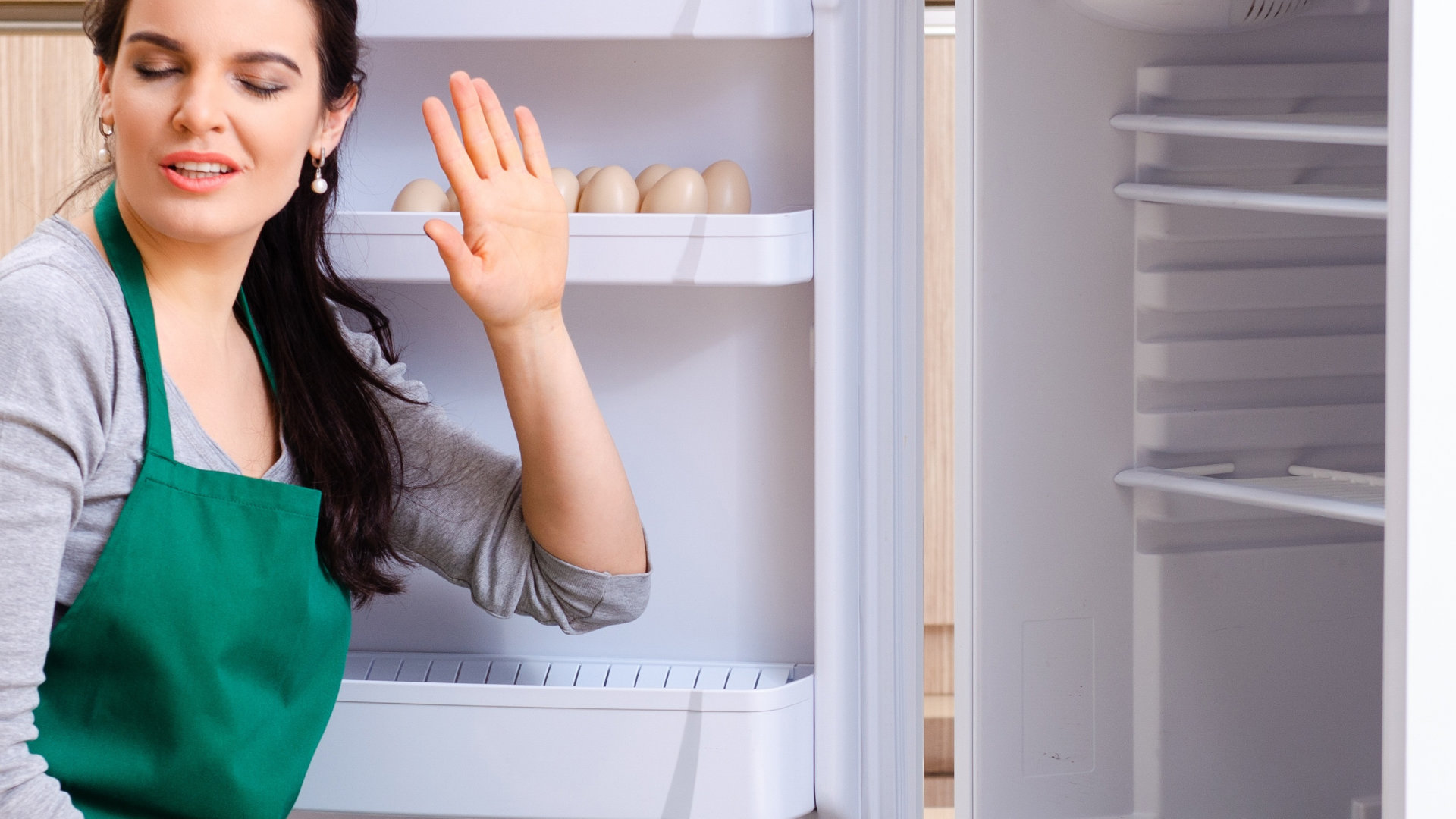
How to Remove Fish Smell from Your Refrigerator
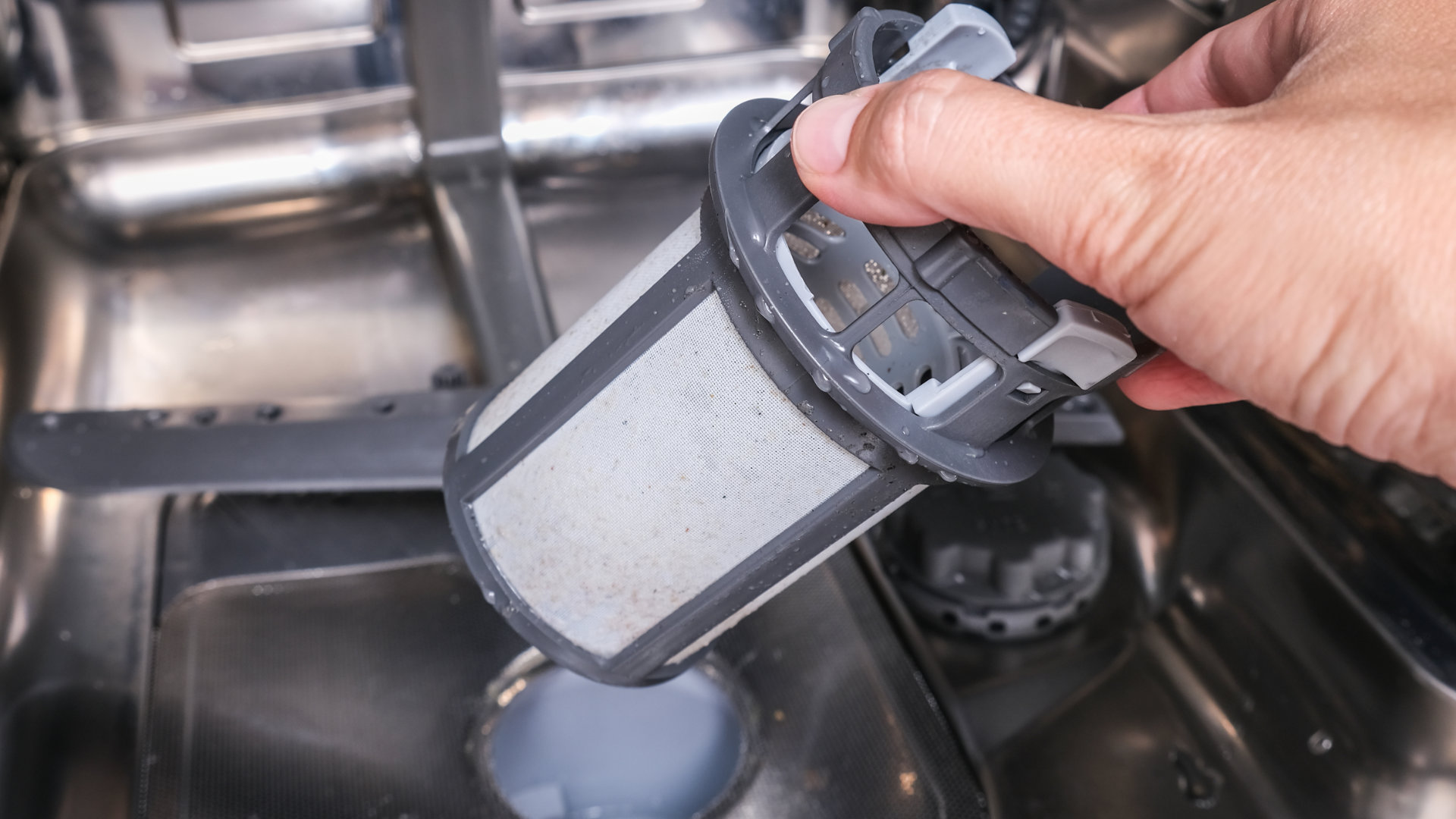
How To Fix Bosch Dishwasher E24 Error
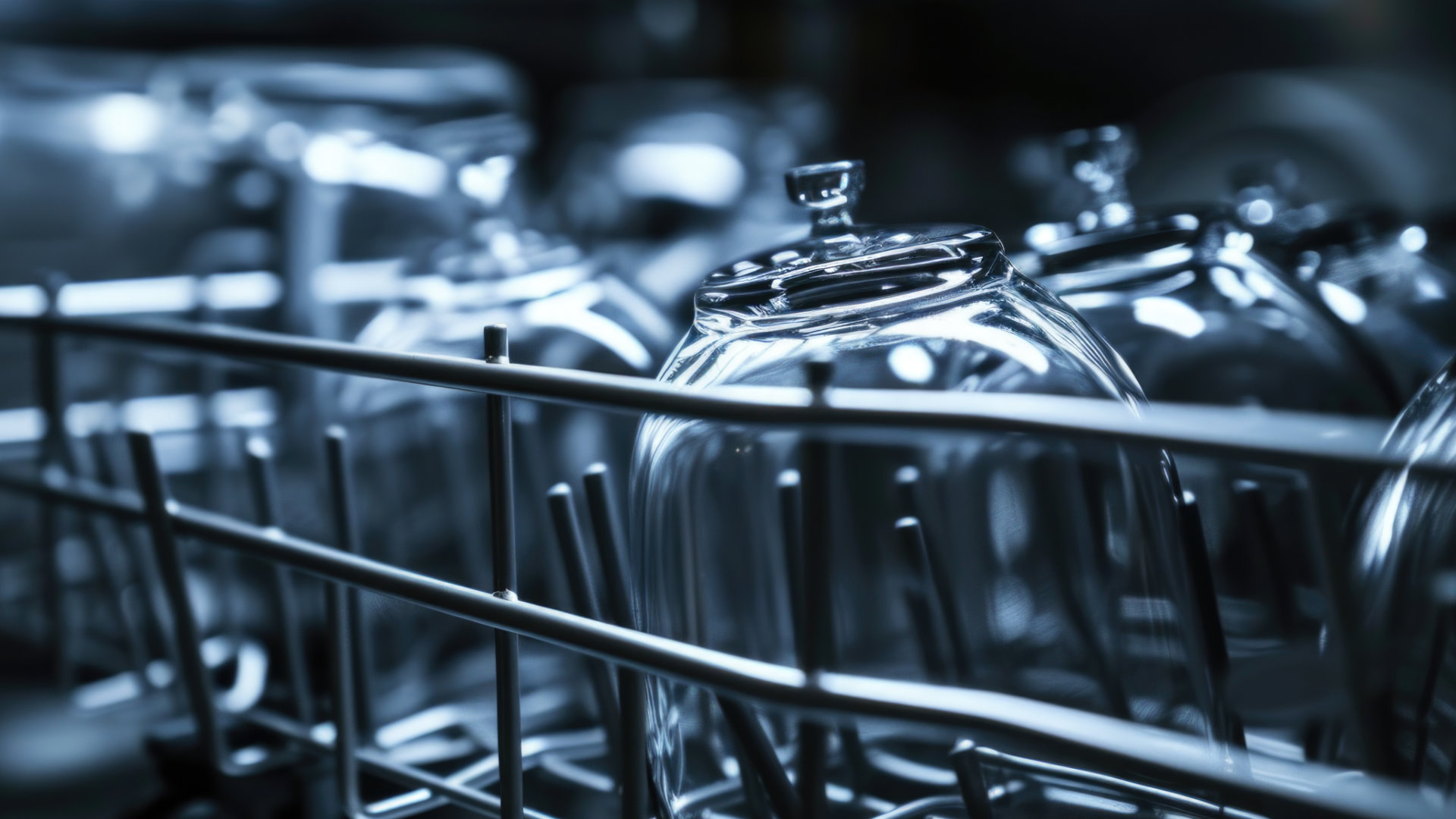
Troubleshooting a Whirlpool Dishwasher Not Draining

Why Is Your Fridge Water Not Working, but Ice Is?

How to Fix the E15 Bosch Dishwasher Error Code

How Much Power Does a Microwave Use?

How to Properly Clean Refrigerator Coils
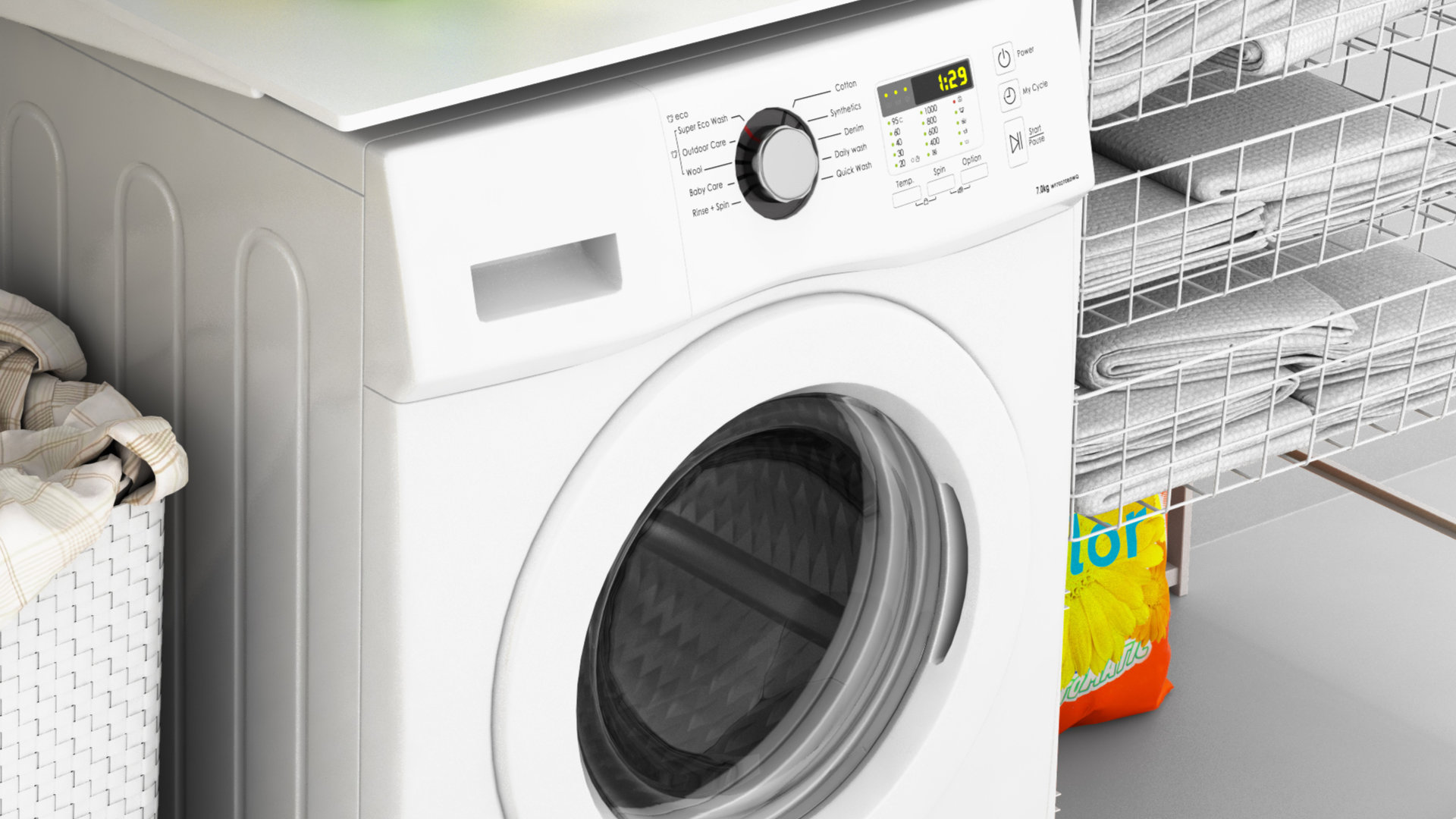
How to Fix an LG Washer Showing OE Error Code

Troubleshooting a GE Dishwasher with No Power and No Lights

10 Reasons Why Your Bosch Dishwasher Won’t Start

Troubleshooting the F5 Error Code with a Maytag Washer


